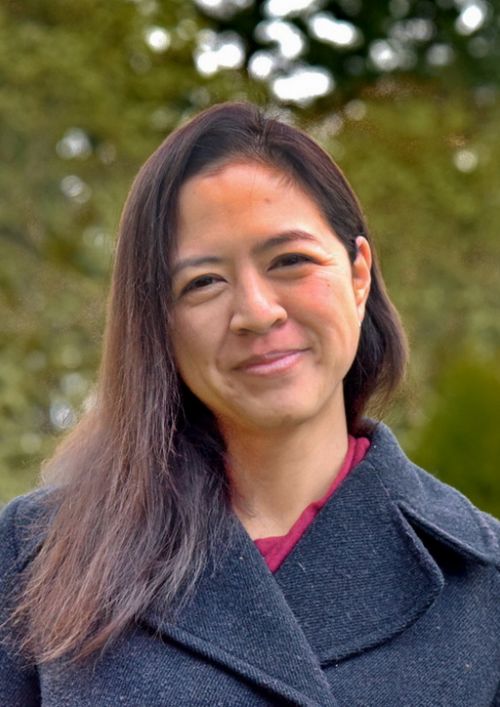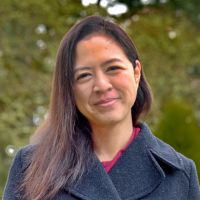Limitations to Seedling Regeneration on Tropical Forest Restoration Plantations in Northern Thailand

FORRU Contributors
ABSTRACT: This dissertation investigated potential ecological limitations to seedling regeneration in young, seasonally dry, evergreen forest restoration plantations in northern Thailand. We explored whether recruitment of colonizing tree species in the restoration plantations can be attributed to seed dispersal mode (i.e. abiotic or animal dispersal) and seed size. We did this by determining the distribution of these traits among colonizing seedlings in the understory of 4- to 8-year-old restoration plantation plots and comparing it to the distribution of traits among trees in two reference forests. We found that while the distribution of dispersal modes among colonizing seedlings in the restoration plantations was similar to the distribution of trees in an intact reference forest, there were fewer larger-seeded species among animal-dispersed colonizers than might be expected from the proportion of large- and very large-seeded trees in the reference forest. This supported the hypothesis that seed size limits dispersal and recruitment of large- seeded species in tropical forest restoration. We also conducted a seed sowing experiment that explicitly tested seed and microsite limitations for five large-seeded tree species that were present in nearby forest but had not naturally recolonized the restoration plantations. We sowed seeds belonging to the five species in 13-year-old restoration plantations using four microsite seedbed treatments to simulate some of the conditions that naturally-dispersed seeds may encounter. The treatments included sowing seeds above pre-existing leaf litter and on top of bare mineral soil, as well as burying seeds below leaf litter and bare mineral soil. We found that seedbed microsite treatments did not limit the germination or establishment of any of the five species. This supported the hypothesis that seedlings of large-seeded species are absent due to inadequate seed availability, rather than inadequate microsite conditions. Finally, we investigated the relationships between microsite variations in environmental conditions (i.e. understory light availability and dry-season soil moisture) and the survival and growth of naturally-recruited seedlings belonging to 13 tree species in 11 – 14-year-old restoration plantations. We found that although most monitored pioneer species had poor growth and survival in the plantation understories, seedlings of intermediate- and late-successional species had high two-year survival and slow but continuous growth. Neither microsite light availability nor dry-season soil moisture were significantly correlated to seedling survival; however, light availability was strongly positively correlated to seedling height and diameter growth. Despite this correlation, statistical models incorporating microsite light availability explained only about a third of the variance in seedling growth. This suggests that additional factors, such as microsite variations in soil nutrients, may also be influential.
This dissertation has several implications for management of tropical forest restoration. Our study of seed dispersal traits among colonizing seedlings underscores the potential importance of dispersal limitations in filtering large-seeded, animal-dispersed tree species from restored forests. Our seed sowing experiment suggests that direct-seed enrichment planting in the understory of restoration plantations may facilitate the recruitment of some large-seeded species. The results of the experiment also suggest that seedbed treatments may be unnecessary for their seedling establishment. High survival of intermediate- and late-successional species in the plantation understories suggests additional management interventions to increase light availability are unnecessary to promote seedling survival, although thinning to increase light may hasten seedling development. Finally, we found that the seedlings of several plantation species (i.e. species planted to establish the restoration plots) regenerate well in the understory and were abundant due to the presence of seed sources on the plots. In order to provide enrichment planted species with a competitive head start over plantation species, the best time to conduct enrichment efforts may be while the plantations are young, before plantation trees have become reproductively mature. This would also allow enrichment planted species to take advantage of high light availability to maximize growth.
Related Advice
Rapid site assessment
The concept and methodology to determine the level of degradation, which is related to activities should be implemented and the intensity of the work required for the target...

